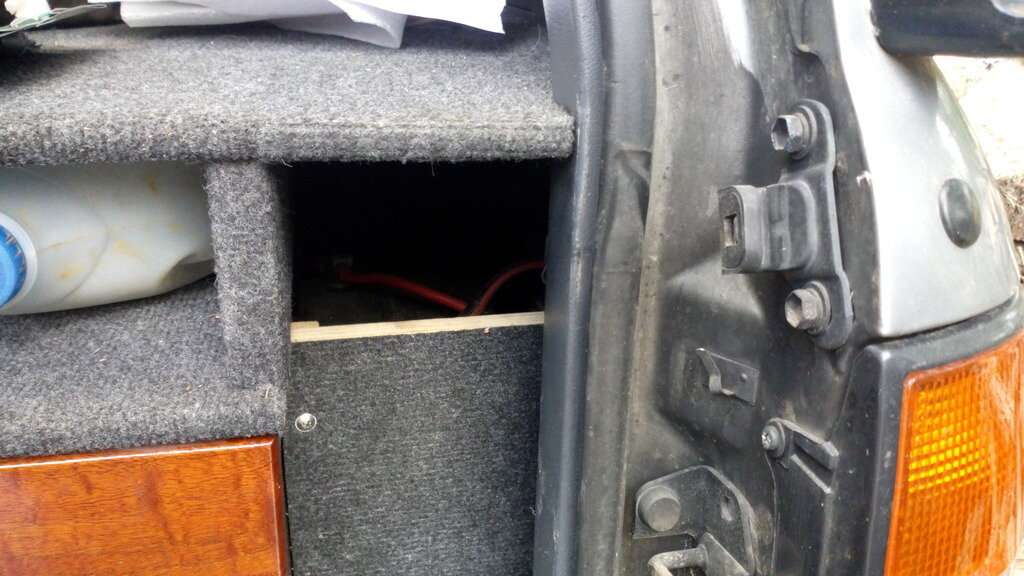Lorin
Well-Known Member
- Joined
- Mar 28, 2010
- Messages
- 1,457
I was just wondering.......
What would be the problem(s), if any, of using the second battery on an 80 as the leisure battery? Aside from the obvious that if it was drained, the truck won't start!
If I understand correctly, the second battery only comes into play when starting the truck. At all other times it is isolated from the truck electrics other than the alternator for charging (if this is not so, it can clearly be done as per the 12 volt start conversions). If so, what if all the leisure electrics were to run off it through a voltage disconnect that ensured enough power was always retained to start the truck? Add in a solar panel (which I intend to) to assist in keeping the battery topped up and it is unlikely the disconnect would ever have to kick in.
I also think think it is possible to fit two smaller 75ah batteries into the battery tray, giving a reasonable capacity for leisure. If they were wired in parallel am I right in thinking this would still be fine for the 24 volt start?
Why am I asking? Because if it would work, it would save me the cost/hassle of converting to 12 volt start just to get the leisure batteries under the bonnet, which is where I want them.
What would be the problem(s), if any, of using the second battery on an 80 as the leisure battery? Aside from the obvious that if it was drained, the truck won't start!
If I understand correctly, the second battery only comes into play when starting the truck. At all other times it is isolated from the truck electrics other than the alternator for charging (if this is not so, it can clearly be done as per the 12 volt start conversions). If so, what if all the leisure electrics were to run off it through a voltage disconnect that ensured enough power was always retained to start the truck? Add in a solar panel (which I intend to) to assist in keeping the battery topped up and it is unlikely the disconnect would ever have to kick in.
I also think think it is possible to fit two smaller 75ah batteries into the battery tray, giving a reasonable capacity for leisure. If they were wired in parallel am I right in thinking this would still be fine for the 24 volt start?
Why am I asking? Because if it would work, it would save me the cost/hassle of converting to 12 volt start just to get the leisure batteries under the bonnet, which is where I want them.





